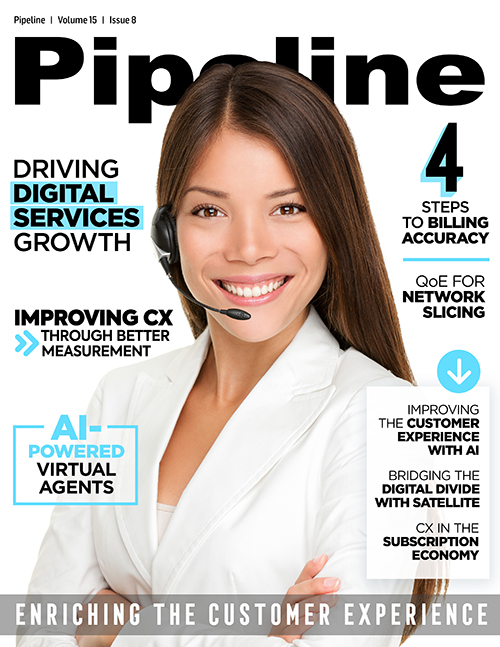A Spotlight on Customer Experience Within the Subscription Economy
The last trend from Forbes identifies the urgency for companies to strengthen the security, integrity and ethical standards around customer data to maintain trust and loyalty. With policies like the General Data Protection Regulation (GDPR) giving EU citizens more control over who can access their data, the topics of data privacy and security are extending to organizations on a global scale.
With the above trends in mind, industry leaders are examining alternate strategies and business practices to radically change how their products and services are offered to achieve higher customer value. The subscription economy is one of significant relevance due to its strong focus on building and managing customer relationships. The subscription economy describes how companies are moving away from pay-per-product or service models and adopting subscription-based models. Many of us who have a Netflix subscription, for example, already take part in a subscription economy as one of its 139 million global subscribers, according to CNN Business. The subscription model has captured widespread attention across enterprises and start-ups alike and is now implemented across a vast majority of industries such as retail, telecom, entertainment, software, consumer goods, manufacturing and more. A 2018 survey from McKinsey & Company indicates that the subscription e-commerce marketplace has grown by more than 100 percent per year over the past five years. While the subscription economy possesses the versatility to extend across a diverse range of industries, its foundation contains one key commonality: a fundamental shift towards a customer-centric mindset.
One of the key drivers behind a thriving subscription model is the constant nurturing of subscriber relationships. This is done primarily through data-driven personalization and the continuous evolution of services to build long-term customer value and brand loyalty. Spotify, for instance, creates curated playlists and provides recommendations based on the subscriber’s previous artist selections and genre preferences. Subscription boxes like Birchbox and Stitch Fix do the same by delivering items that are hand-picked for each customer based on his or her individual tastes gathered from direct input such as style quizzes, questionnaires and surveys. This personalization is built on the acceleration of data and direct visibility into customer behavior, giving organizations the ability to achieve a deeper understanding of each customer, collect user feedback to make services more intuitive and strengthen the overall relationship between subscriber and service. Additionally, since customer retention strongly impacts company revenue and stability, service providers are constantly evolving their services with new features and upgrades to incentivize customers to continue their business loyalty. Subscription-based models are also designed for omni-channel so that customers can enjoy a stable and consistent experience from their laptops, tablets and mobile devices. The result of this dynamic relationship ultimately benefits both parties. The organization thrives from continued innovation and customers benefit from the convenience of a service with a richer and more intuitive omni-channel experience.
Today’s Internet-based companies like Facebook, Netflix, Amazon and Apple are pushing rival subscription-based companies, specifically Communication Service Providers (CSPs), to redefine their business practices based on customer experience. This disruption pressure includes initiatives to reexamine customer data using data algorithms and advanced analytics in order to draw insights and gain a better understanding of the customer journey across all touchpoints. These insights will allow CSPs to diagnose and resolve issues faster and offer more intuitive and personalized services in the form of increased self-service options, tailored recommendations and more. The movement towards automation within CSPs is also accelerating simple routine tasks and allowing employees to focus more effort towards complex, value-added work that requires a human touch. Convenience and ease of use are also driving CSPs to enhance user interfaces and integrate disjointed systems into a cohesive database for improved customer service.
Customer experience is deeply rooted in all industries and now affects every organization’s ability to attract and retain its customer base. Businesses that seek to immerse themselves and emerge as customer-centric face a long road ahead of them. Senior executives must first adopt a new mindset—thinking about what’s next for the customer rather than the fate of their organization—and embark accordingly on the path toward continuous evolution. New business models, emerging technology and automation are essential facilitators but certainly not the end-all-be-all. Changes in strategy, culture, employee mindset, process and practice will all play major roles in making an organization truly customer-centric.



















